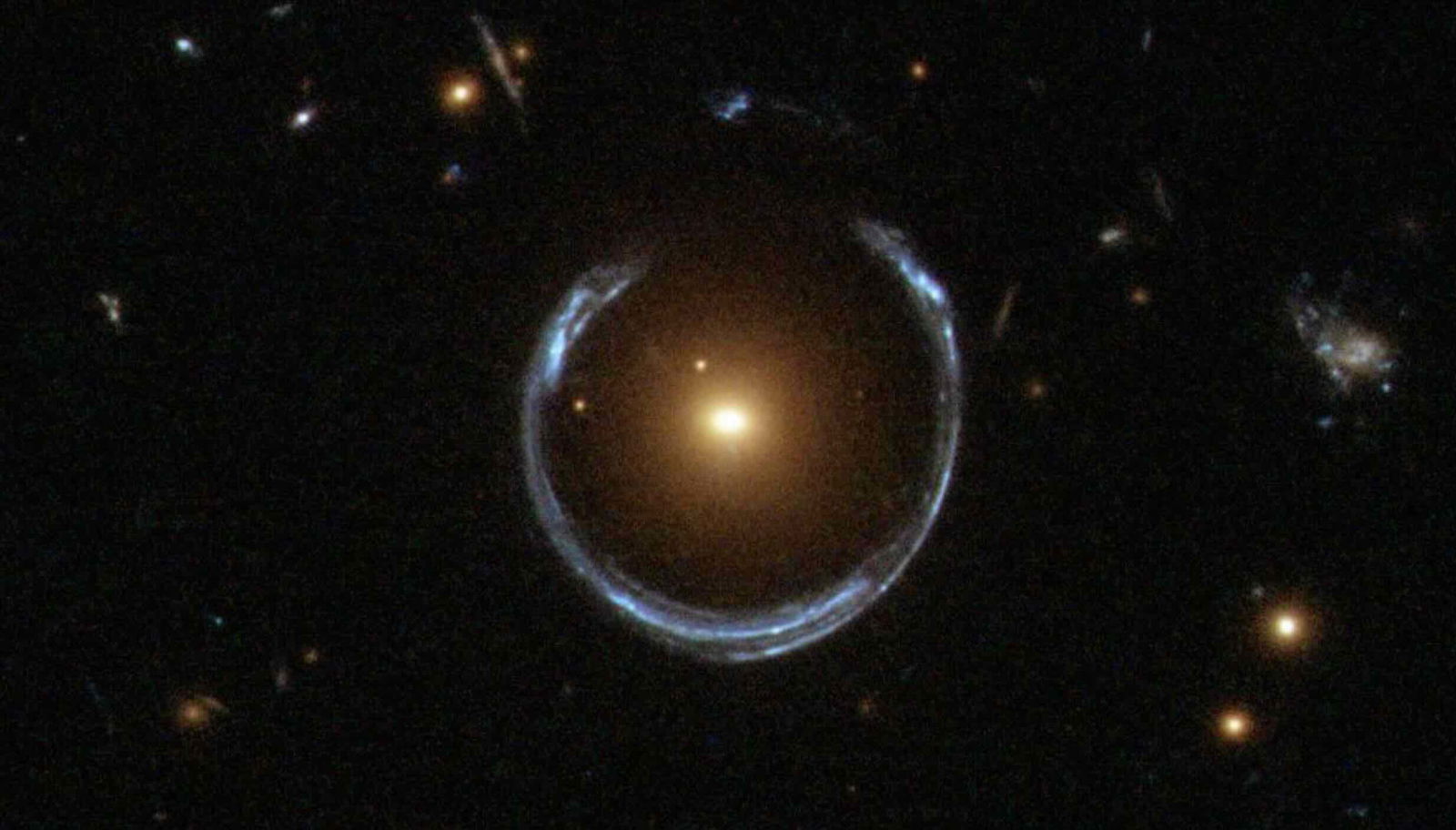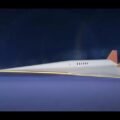More than a quarter-century ago, astrophysicists observing distant supernovae made an unexpected discovery: the rate of the universe’s expansion appeared to be accelerating.
Now, scientists are questioning whether the known laws of physics can account for this phenomenon, a question that leaves open the possibility that Einstein’s groundbreaking insights into the physics of our universe may have been incomplete.
Recent research by scientists at the universities of Geneva (UNIGE) and Toulouse III – Paul Sabatier could present new challenges to Einstein’s general relativity, based on their analysis of data from the Dark Energy Survey that points to discrepancies between the physicist’s predictions and our ongoing understanding of cosmic history.
The team reports these subtle deviations between these conceptions of the cosmos in a new paper, published in Nature Communications, which implies that general relativity—the longstanding benchmark as far as theories about the physics of our universe—may simply be unable to explain all the behaviors astrophysicists observe in our universe at larger scales.
Challenging Einstein’s General Relativity
According to Einstein’s landmark theory, the influence exerted by massive objects warps space and time, producing what are known as gravitational wells that produce an effect known as gravitational lensing. First confirmed in 1919 during observations of a solar eclipse, this effect has been indispensable for astrophysicists in their studies of the universe.
In more recent research, physicists have sought to determine whether Einstein’s equations are consistent with observations involving some of the most extreme physics in our universe. In their recent study, the research team at UNIGE and Toulouse III employed data from the Dark Energy Survey and its detailed mapping of hundreds of millions of galaxies, which provides unprecedented data on the accelerating expansion of our universe.
However, in their recent research, the team measured more than just the distribution of matter, focusing their studies on the distortion of both time and space to test Einstein’s theories.
“Until now, Dark Energy Survey data have been used to measure the distribution of matter in the Universe,” said Camille Bonvin, associate professor in the Department of Theoretical Physics at UNIGE. “In our study, we used this data to directly measure the distortion of time and space, enabling us to compare our findings with Einstein’s predictions.”
What they found was surprising. The discovery may not only raise new challenges for Einstein’s general relativity and its predictions, but could also point to the possibility of presently unknown physics that may be at work.
A Subtle Discrepancy
In an analysis spanning more than 100 million galaxies, the team explored how gravitational wells evolved throughout four time periods of roughly 3.5 billion, 5 billion, 6 billion, and 7 billion years ago. The result revealed that although the depths of the gravity wells were a good match for Einstein’s predictions when it came to the earlier wells (those dating to 6 and 7 billion years ago), the more recent wells appeared far shallower than expected.
‘‘We discovered that in the distant past — 6 and 7 billion years ago — the depth of the wells aligns well with Einstein’s predictions,” said Isaac Tutusaus, assistant astronomer at the Institute of Research in Astrophysics and Planetology (IRAP/OMP) at Université Toulouse III – Paul Sabatier and lead author of a new study detailing the team’s findings.
“However, closer to today, 3.5 and 5 billion years ago, they are slightly shallower than predicted by Einstein,’’ Tutusaus added.
An intriguing finding had been that this shallower depth appears to coincide with the period when the acceleration of the universe seems to have begun. Based on this, the team speculates that both phenomena—accelerating expansion and a slowed rate of growth of gravitational wells—could have a common explanation, albeit a controversial one: it could be that gravity behaves differently at larger scales than Einstein’s famous theory predicted.
Rethinking Gravity
“In the language of physics, such an incompatibility threshold arouses our interest and calls for further investigations,” said Nastassia Grimm, postdoctoral researcher at UNIGE.
However, Grimm and the team note that the 3-sigma discrepancy they observed does not necessarily disprove Einstein’s theory. In fact, a 5-sigma threshold would be required to definitively challenge Einstein’s equations, and while the new findings are intriguing, they currently only point to new possibilities, and do not necessarily upend the famous physicist’s predictions from more than a century ago.
For now, the team plans to obtain more precise measurements, which will be essential for helping to unravel what may account for the discrepancies they observed. Going forward, analyzing data from the Euclid space telescope, which promises more accurate observations of gravitational lensing in its survey of 1.5 billion galaxies over the next six years, will provide an unparalleled view of space-time distortions, and possibly new observations that extend the boundaries of our understanding of phenomena like gravity, and the dynamics of our universe.
The new paper, “Measurement of the Weyl potential evolution from the first three years of dark energy survey data” by Isaac Tutusaus, Camille Bonvin, and Nastassia Grimm, was published in Nature Communications on November 11, 2024.
Micah Hanks is the Editor-in-Chief and Co-Founder of The Debrief. He can be reached by email at micah@thedebrief.org. Follow his work at micahhanks.com and on X: @MicahHanks.

